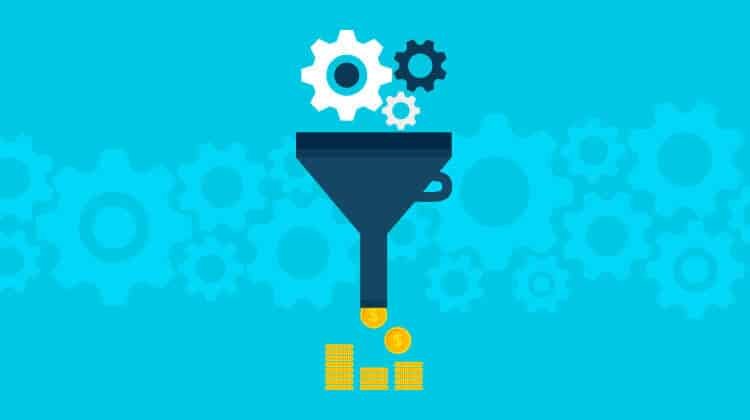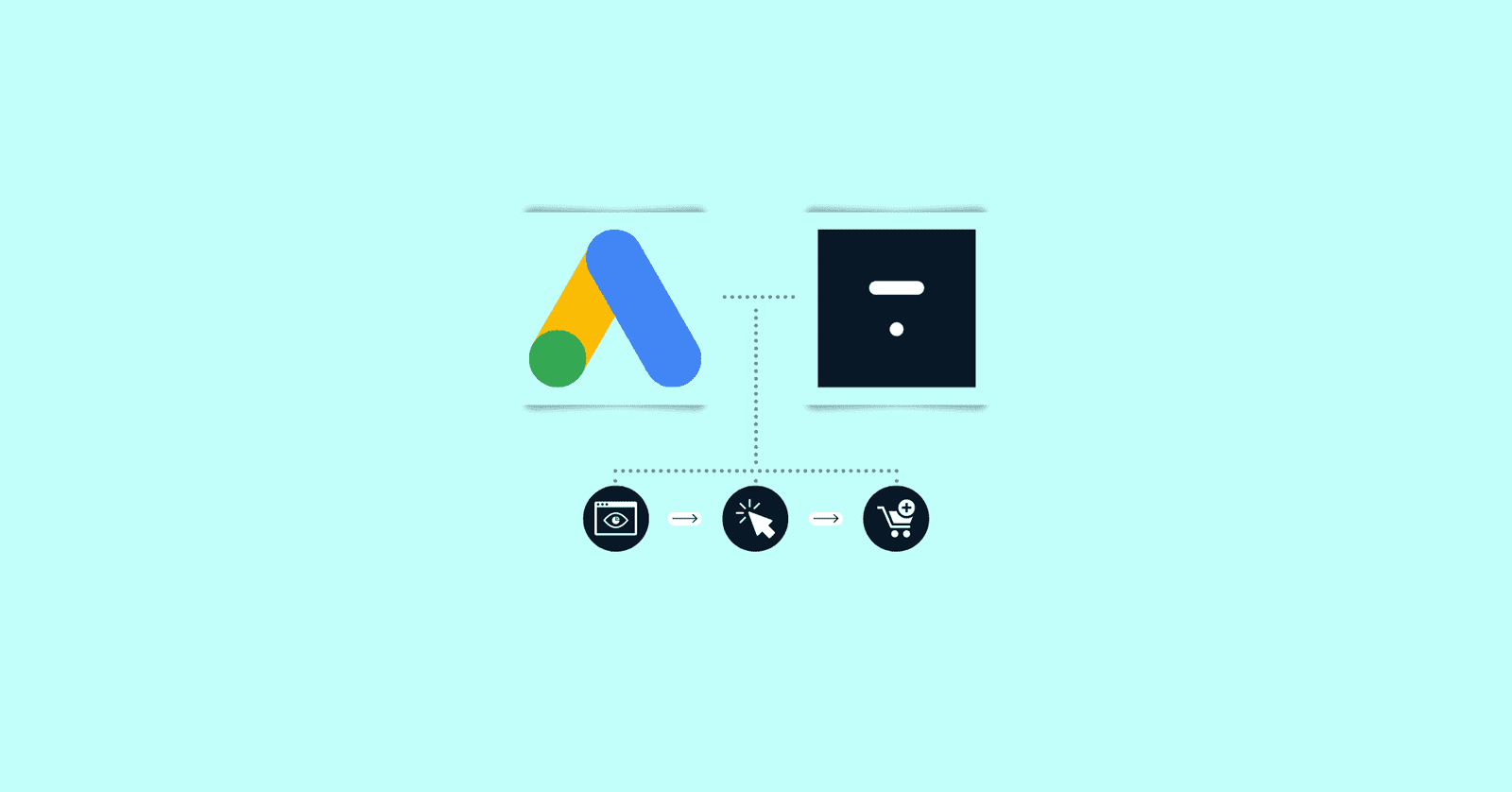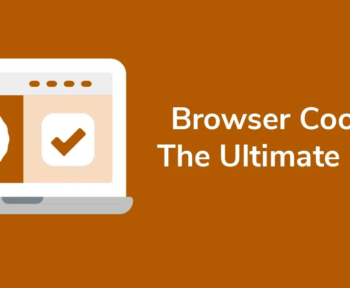As a marketer, you need to understand how your campaigns are driving conversions and which channels are most effective. In this article, we will explore the difference between assisted conversion and direct conversion.
In the world of digital marketing, conversion tracking is one of the most critical aspects of measuring the success of your marketing efforts.
Table of Contents
Introduction
Conversion tracking is essential for any business that wants to be successful in today’s digital landscape. It’s a way to measure the success of your marketing campaigns by tracking how many people take action on your website, such as making a purchase or filling out a form. There are two types of conversions that you need to track: direct conversions and assisted conversions.
Understanding Conversion Tracking

Conversion tracking is the process of measuring the success of your marketing campaigns by tracking how many people take specific actions on your website. These actions could be anything from making a purchase to filling out a form or downloading an eBook.
By tracking conversions, you can identify which marketing channels are the most effective in driving conversions and adjust your marketing strategy accordingly. However, it’s not enough to just track direct conversions. You also need to track assisted conversions.
Direct Conversion
A direct conversion is a conversion that occurs when a user takes a specific action on your website after clicking on one of your ads. For example, if someone clicks on a Google Ads ad and then makes a purchase on your website, that’s a direct conversion.
Direct conversions are relatively straightforward to track since the user’s path to conversion is clear. However, they don’t tell the whole story of how your marketing campaigns are performing.
Assisted Conversion
An assisted conversion is a conversion that occurs when a user takes a specific action on your website after interacting with one of your ads, but not necessarily immediately. For example, if someone clicks on a Facebook ad and then visits your website, but doesn’t make a purchase until a few days later after visiting your website again directly, that’s an assisted conversion.
Assisted conversions are more challenging to track because they involve multiple touchpoints. A user may interact with your ads multiple times before finally converting, making it difficult to attribute the conversion to a specific ad.
Key Differences Between Direct and Assisted Conversions

The key difference between direct and assisted conversions is the user’s path to conversion. Direct conversions occur when a user clicks on an ad and converts immediately, while assisted conversions occur when a user interacts with an ad and then converts at a later time.
Another difference is that direct conversions are typically easier to track since the user’s path to conversion is clear, while assisted conversions are more challenging to track because they involve multiple touchpoints.
Importance of Measuring Both Direct and Assisted Conversions
Measuring both direct and assisted conversions is critical because it provides a more complete picture of how your marketing campaigns are performing. If you only track direct conversions, you may miss out on the impact that your other marketing channels are having on your conversions.
For example, let’s say that you’re running Google Ads and Facebook Ads campaigns. If you only track direct conversions, you may think that Google Ads are more effective because they’re driving more direct conversions. However, if you also track assisted conversions, you may discover that Facebook Ads are actually more effective since they’re driving more assisted conversions.
Best Practices for Tracking Assisted Conversions
Here are some best practices for tracking assisted conversions:
- Use multi-channel attribution models to understand how your different marketing channels are contributing to conversions.
- Use tracking pixels to track users across different devices and sessions.
- Consider the time frame for measuring assisted conversions. A longer time frame may provide a more accurate picture of how your marketing channels are contributing to conversions.
- Use Google Analytics to track assisted conversions and create custom reports to analyze your data.
By following these best practices, you can gain a better understanding of how your marketing campaigns are driving conversions and make informed decisions about your marketing strategy.
Conclusion
In conclusion, tracking both direct and assisted conversions is critical for measuring the success of your marketing campaigns. Direct conversions occur when a user clicks on an ad and converts immediately, while assisted conversions occur when a user interacts with an ad and then converts at a later time. By measuring both types of conversions, you can gain a more complete picture of how your marketing channels are contributing to conversions and make informed decisions about your marketing strategy.
FAQs
Q.1 What is a conversion in digital marketing?
A.1 A conversion in digital marketing refers to when a user takes a specific action on your website after clicking on one of your ads, such as making a purchase or filling out a form.
Q.2 How do you track conversions in Google Analytics?
A.2 To track conversions in Google Analytics, you need to set up conversion tracking by creating goals. You can then view your conversion data in the Conversions section of Google Analytics.
Q.3 Why is it important to track assisted conversions?
A.3 Tracking-assisted conversions are important because it provides a more complete picture of how your marketing campaigns are performing. If you only track direct conversions, you may miss out on the impact that your other marketing channels are having on your conversions.
Q4. What is a multi-channel attribution model?
A.4 A multi-channel attribution model is a way of measuring how your different marketing channels are contributing to conversions. It takes into account all touchpoints that a user has with your brand before converting.
Q.5 How can I improve my conversion rate?
A.5 There are several ways to improve your conversion rate, including improving your website design, optimizing your landing pages, testing different calls to action, and targeting the right audience with your ads.





